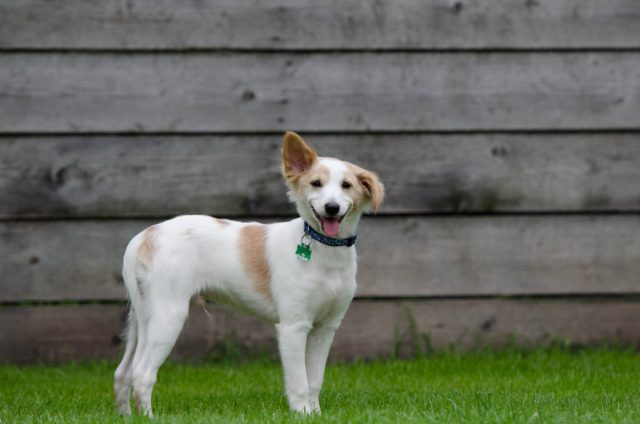
You may have seen dogs excessively barking in panic, restlessly pacing or continuously drooling and you may think that is completely normal. You say, “They’re just dogs being dogs.” But beyond that, did you know that dogs can suffer from anxiety too? And those things that they do are just few of the expressions they use to tell us that something is extremely bothering them.
In addition to those mentioned earlier, another symptom which may indicate anxiety is frequent urinating or defecating. In humans, stress is usually associated with troubled stomachs. Science explains that the mind has a strong connection with our gastrointestinal system. A disturbed mental health commonly leads to disrupted flows in the stomach and intestines. This is also the case for our canines. So if your dog becomes forgetful of his toilet training, don’t go calling him ‘bad dog’. Instead, be considerate for he may already be facing anxiety disorders. Also, another symptom is aggression which leads to destructive behaviors. If your dog is having anxiety, you may come home to some broken things and chewed fabrics. But again, even if the sight fills you up with frustration, be considerate.
There are different kinds of anxiety. Most common is the Separation Anxiety. This is the condition where a dog feels uneasy when his owner gets separated from him. This is commonly developed by dogs whose owner has to leave them at home while going to work. Most studies show that counter-conditioning is the best way to treat Separation anxiety. It is a technique where you have to discover the dog’s fear or source of negative feeling and make him perceive that something good can come out of what he considers a discomfort. Before you leave the house, you can turn on the TV or play him music. This will reduce his tension and his feeling of being alone. Also, you can leave him treats like his favorite food or chew toy. You are his owner, his best friend, so you must know all the activities that he enjoys. As much as possible make all of those stuffs accessible in the house so he will have plenty to do while waiting for you.
Next kind of anxiety, which is quite related to Separation is Confinement Anxiety. It is similar to claustrophobia in humans. This usually happens to dogs who are put to crates especially when it is used as a form of punishment. To put it simply, it is when your dog feels restricted and cannot move freely regardless of the space he is in. Confinement Anxiety should be resolved since dogs have to be confined once in a while and they have to get used to that. According to Simon Foden, writer in Daily Puppy, positive reinforcement can be used. That is, upon confining your dog, give him a treat. Also, you can put him in his crate for brief periods at first to make him learn that confinement is temporary.
Another type is Social Anxiety. This is a ‘shy dog’ case. Yes, there are also introvert dogs who hate going out to take walks and mingle with other beings. Unfortunately, most dogs which suffer from Social Anxiety are those who had bad human experiences. Before your dog gets any shier, you better start the socialization process as early as possible but go slow. You should give him utmost emotional support when letting him meet someone especially the first time. Take him to parks and other public places regularly. Make him realize that these things are ordinary and not to be worried for. The exposure should be slow and consistent so you should be ready to push your patience sky high.
There is also the Travel Anxiety or you can call it ‘carsickness’. Well, this will not be too much of a surprise since a lot of us are also not comfortable in trips. To help them get through the feeling, familiarize them with your car. According to Dr. Jason Nicholas, make it a routine to spend time in the car. You can have a few minutes of petting and feeding in the car seat. Then up this technique by having short trips around town preferably fun places like parks and pet stores. After that, you can progressively increase the distance of the trips.
Lastly, we have Noise Anxiety. Have you seen your dog hide under your table in New Year’s Eve while the neighborhood lights the fireworks? If yes, then your dog probably have this kind of anxiety which is described as a stress response to loud noises. If it is only a mild case, you can try to calm them down by petting them as comfortingly as you can. However, in tough cases where you see him exceedingly panic and even quiver, you may consider visiting your vet for medication. He can give you the prescriptions best for your dog. Another treatment is the use of pressure wraps. It wraps around your dog’s upper body to make the pressure and tension constant. Many claim that it is effective in continuous use.
There are possibly more kinds of dog anxiety. So if your dog is having behavioral problems, go easy on them because they might just be telling you something about their feelings and how badly they need your help.








